(H&N Recommendation)
Dark houses only (< 3 lux)
This program can be used for up to 7-10 days after arrival. Then switch back to the regular step-down lighting program. Using this lighting program has the following advantages:
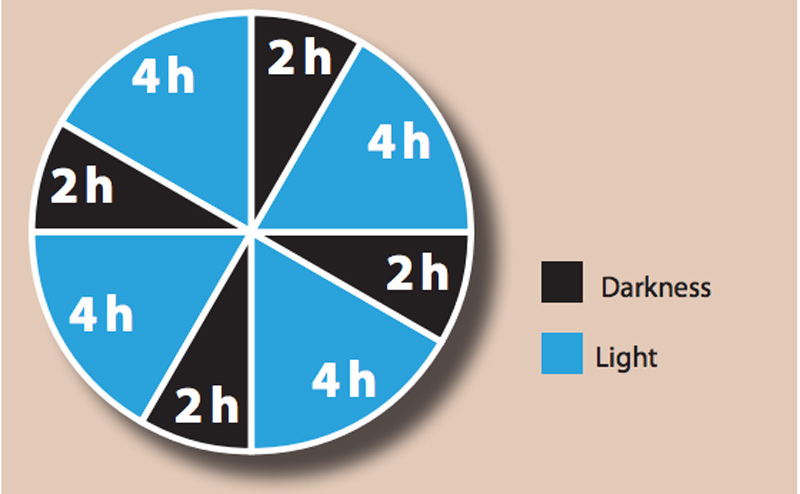
Intermittent lighting program

All houses
In open houses is not easy to implement the intermittent lighting program. If this cannot be applied, 22-24 hours of light during the first 2–3 days is common practice. Providing this dark period to allow the chicks to rest is highly recommended.
In a dark house the light level should be lower than 3 lux whenthe light-proof system is set. In other words, it must be completely dark.
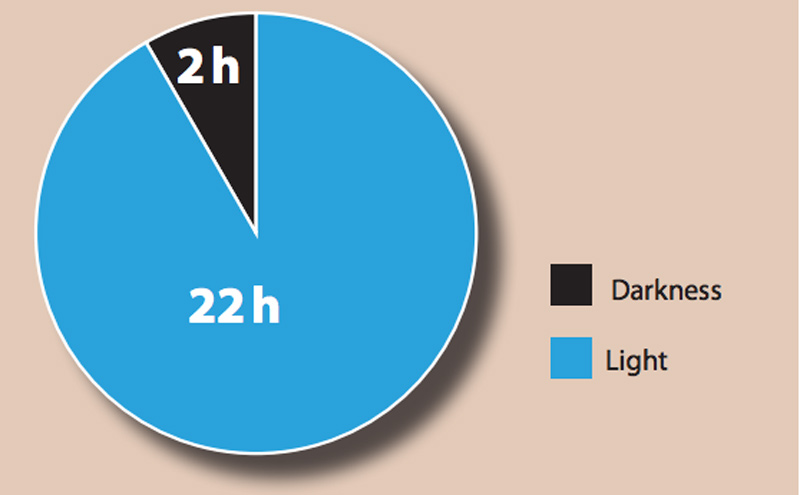
Non-intermittent lighting program
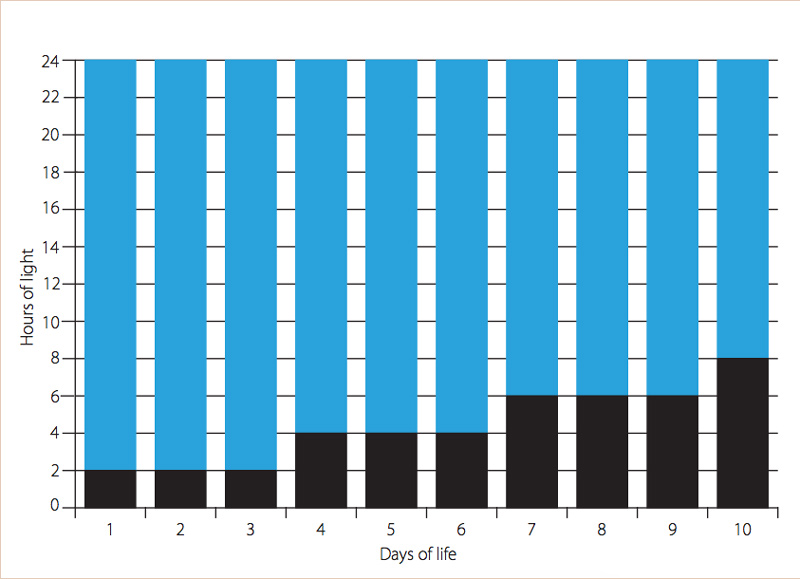
The temperature should be between 34–36 °C for the first few days (see table).
Temperature recommendations:
Pasted vents may indicate a too high or too low temperature
The temperature management in cage brooding is more critical than floor because chicks can’t look for warmer or cooler spots.
After two or three days, decrease the temperature by 0.5 °C every day. Be aware that the best indicator is chick behavior and cloacal temperature. Check the flock every time you change your settings. If the house temperature is not uniform, take corrective measures by changing heaters and ventilation parameters. When housing the chicks, follow these recommendations:
Temperature recommendation


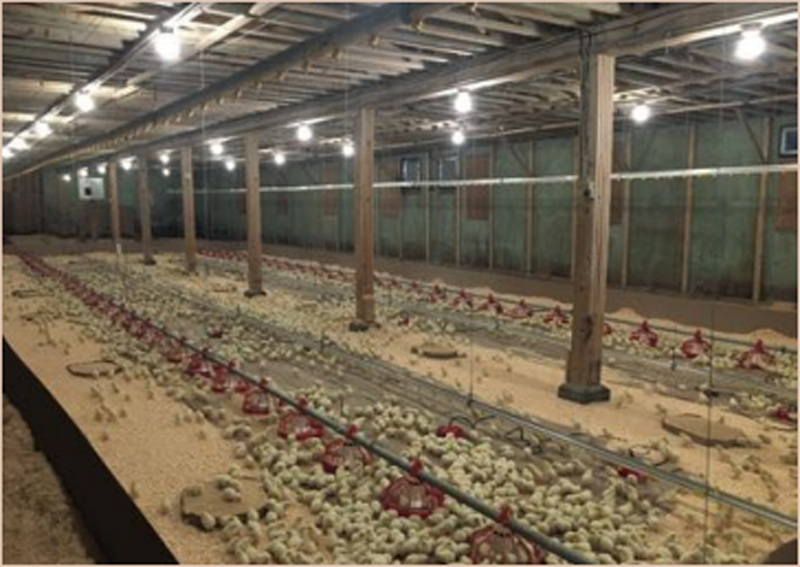
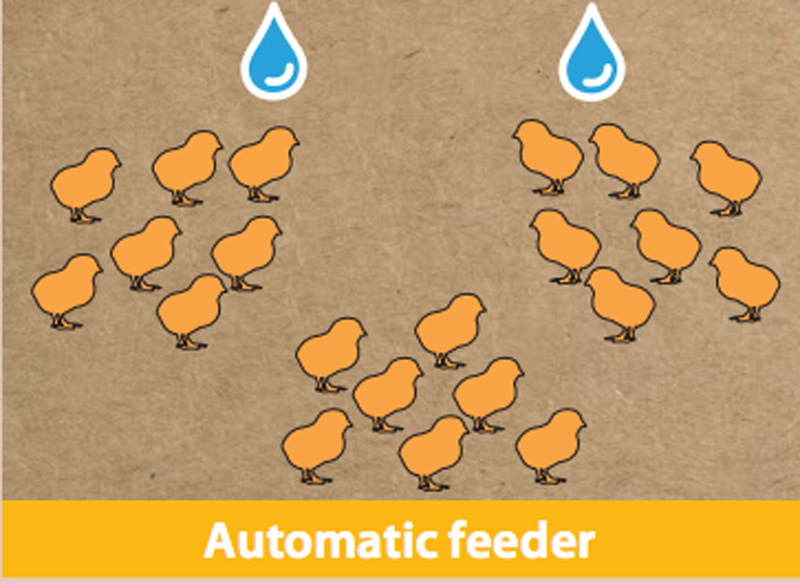


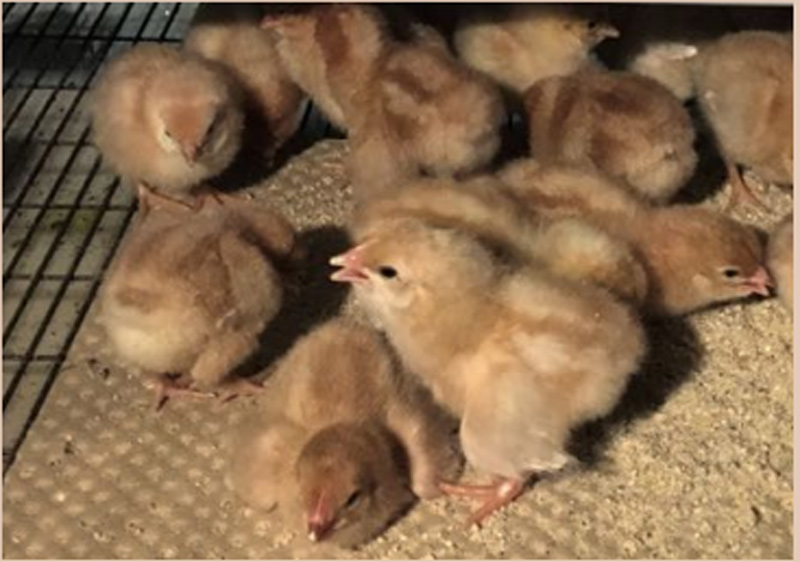
Set the height of the drinkers so the chicks can drink easily 360-activated nipples are preferable in rearing houses. If not available, and especially with infrared beak treated chicks, we recommend using cups or other extra drinking system at a ratio of 80 to 100 birds per extra drinker. Especially important having extra drinkers when brooding on floor. Reduce the water pressure in the drinking system to create a hanging drop at chick eye level. Follow manufacturer recommendations for flow rate. Trigger the nipples or cups during the first 3–4 days to encourage chicks to drink. Important to keep all the time the water temperature between 20 to 25˚C (68–77˚F).

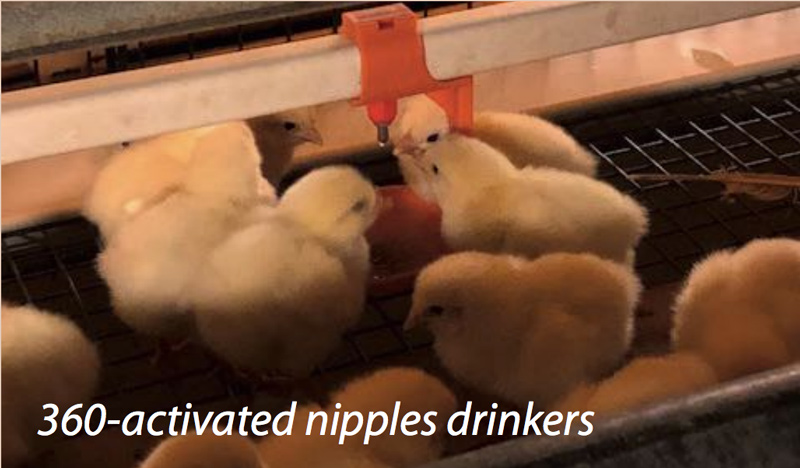
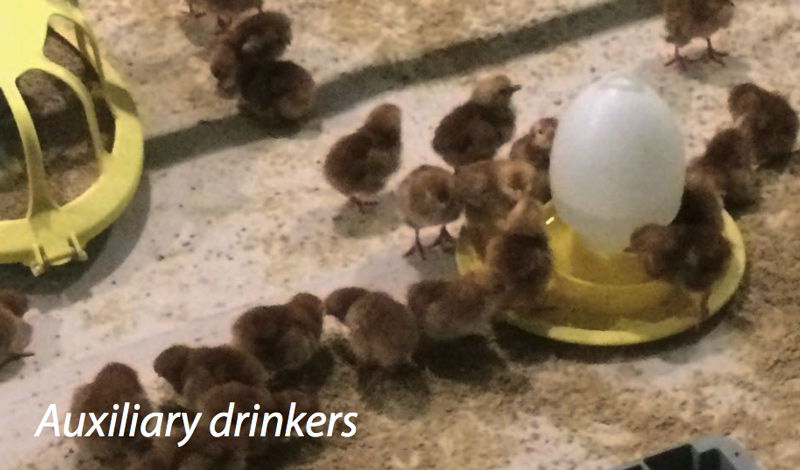

Good quality feed should be available for chicks immediately after placement. Feed should be scattered on the cage paper and renewed during the first 3–5 days. Place abundant feed in the feeders to attract the chicks.
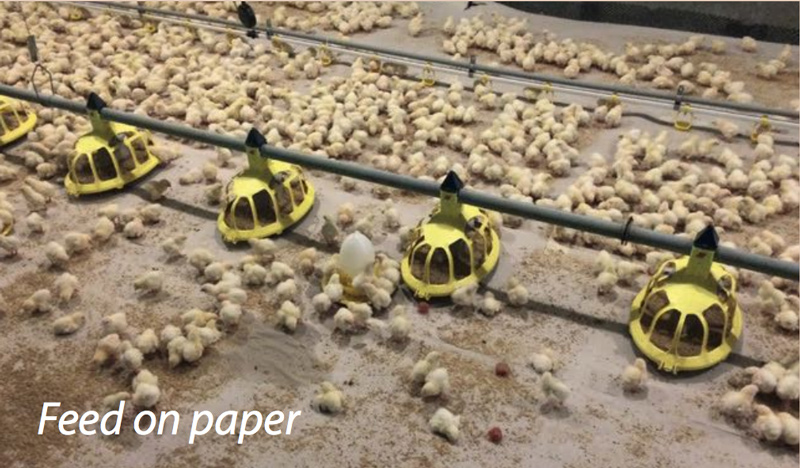
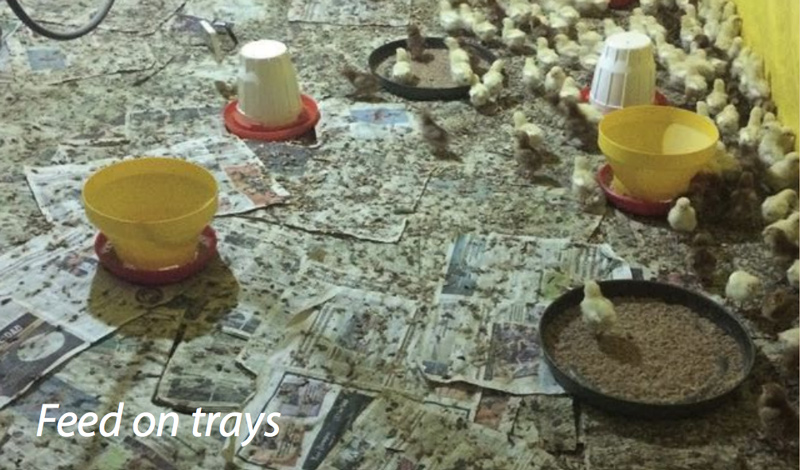
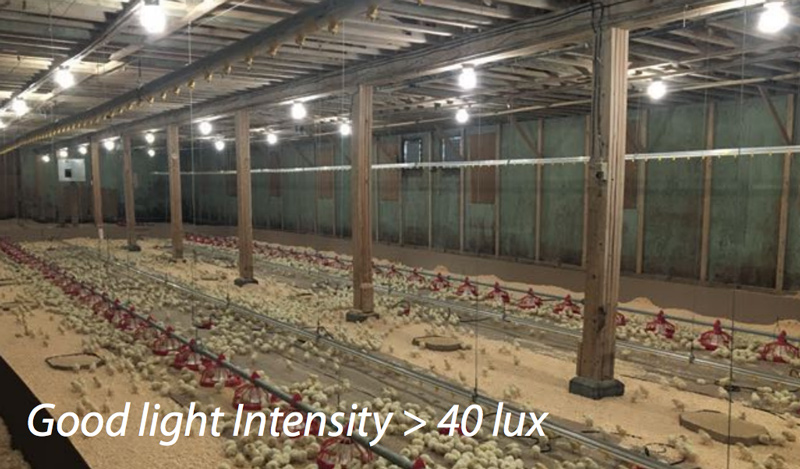
Humidity should be between 60 to 70 %. With lower than 40 % humidity, chicks may dehydrate, experiment stress or damage their respiratory tract. Effects of higher than 80 % humidity could be wet litter, increase ammonia and poor air quality. Adjust temperature according to relative humidity. For instance, the temperatures in this section are set for a humidity between 60–70 %. Above 80 % the comfortable temperature reduces by 1 °C (1.8 °F) and below 40 % increases by 1 °C (1.8 °F).
Supply enough volume of fresh air to remove dust and undesirable gases. Ensure adequate air movement even on cold days. Strong movements of air disturb the chicks, they will avoid using drafty areas. This can negatively impact on chick distribution and activity. Adequate ventilation is especially important in hot weather.
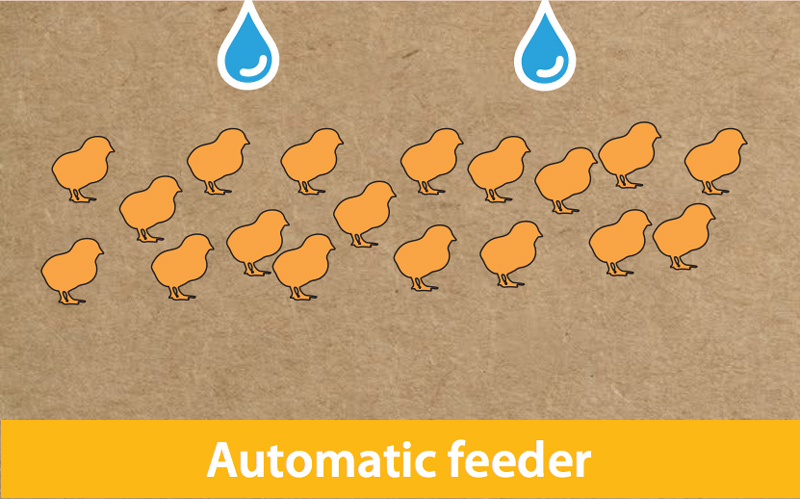
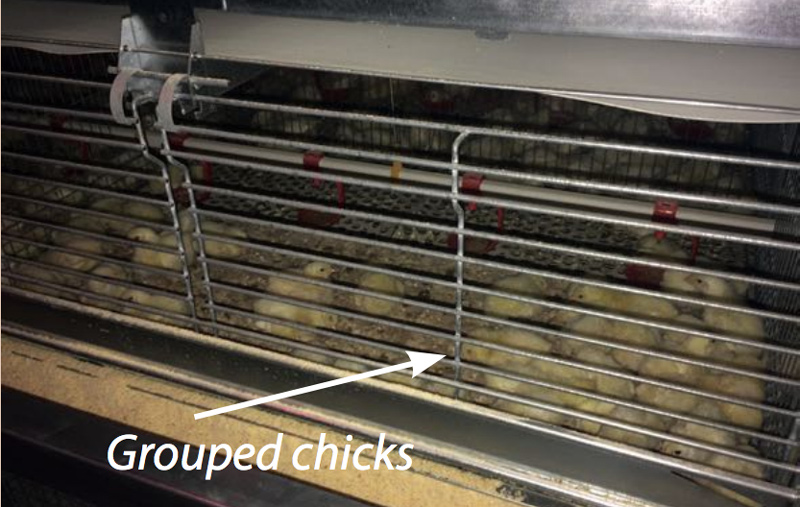
Crop fill measurement is a good tool to check if the chicks are eating in the first two days of life.
1: When is partial brooding, take 100 chicks randomly. Sample chicks distributed throughout the house for reliable readings. In case of spot brooding take 40 per circle. Cage and aviary Row systems brooding take a sample from the whole house (25 from the front, 50 from the middle and 25 from the back).
2: Gently feel the crop.
3: The crop should be full, soft and rounded in started chicks.
4. Check the result according to the time after placement.
If the result is below target, check the brooding conditions and take corrective measures.

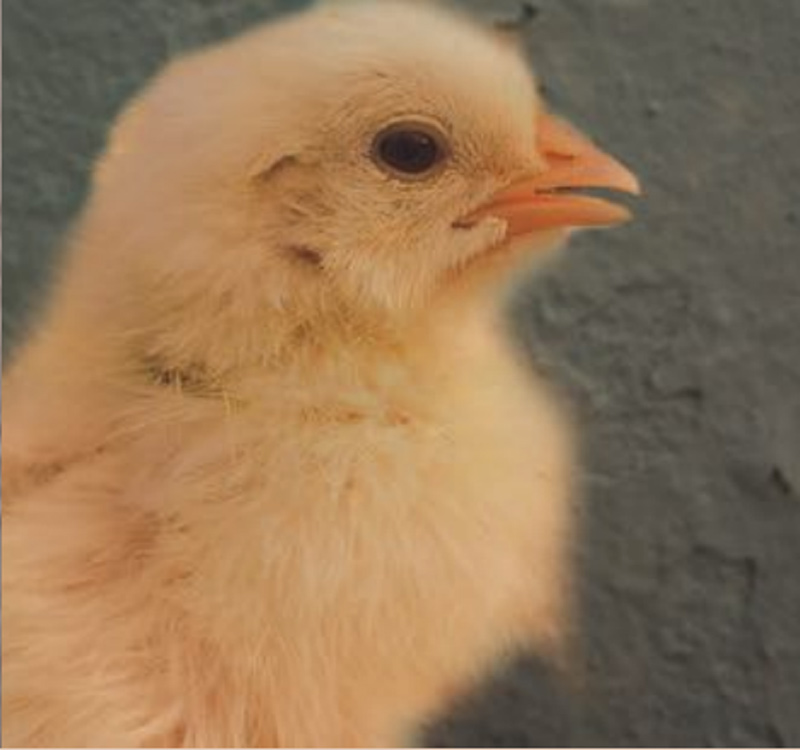

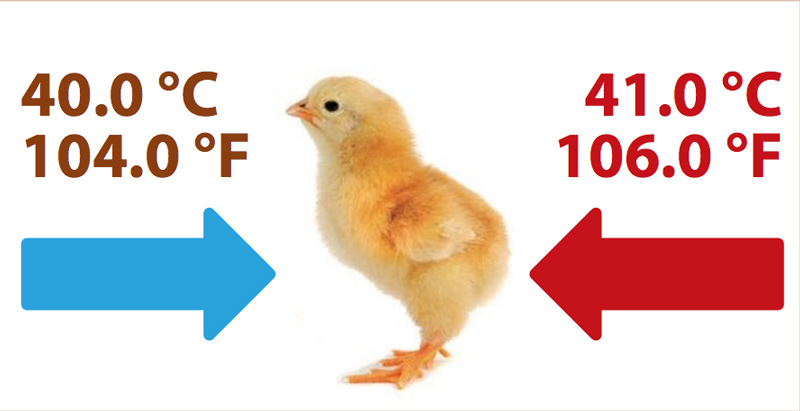
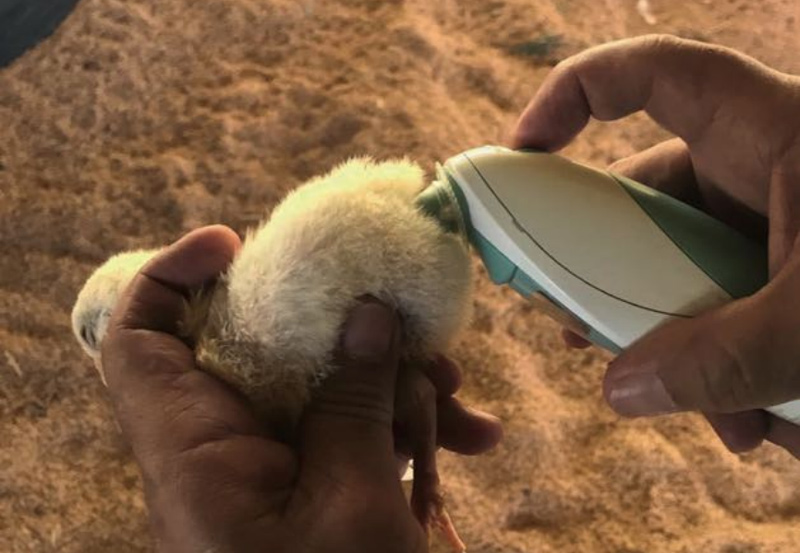
3: Collect the information, calculate the average and adjust the house temperatures accordingly to achieve optimal chick temperatures. Adjust the environmental set point or temperature: + or – (0,5˚C) (1˚F) per 0,3˚C (0.5˚F) above the upper limit or below the lower limit of optimal vent temperature.
PAY ATTENTION TO YOUR CHICKS!!!
Chicks cannot talk but they send you many signals:
The body weight at the end of the first week must double the body weight at placement and uniformity must be > 80%. In case, these goals are not achieved, a review of managements (drinking or feeding management, temperature, etc) and nutrition must be performed.
The 7-day mortality must be below 3 %. If it is above this %, a complete review of managements must be done. It is important to have an excellent feed-back with the logistic and technical H&N team: good and bad things. Always perform necropsies of the mortality at arrival and in the first 7 days after placement.
Welcome! Your admission is granted, please allow for 2 seconds as the door to our VIP room is opening for you right now! Please come in!
Don't have an account? Sign up now
